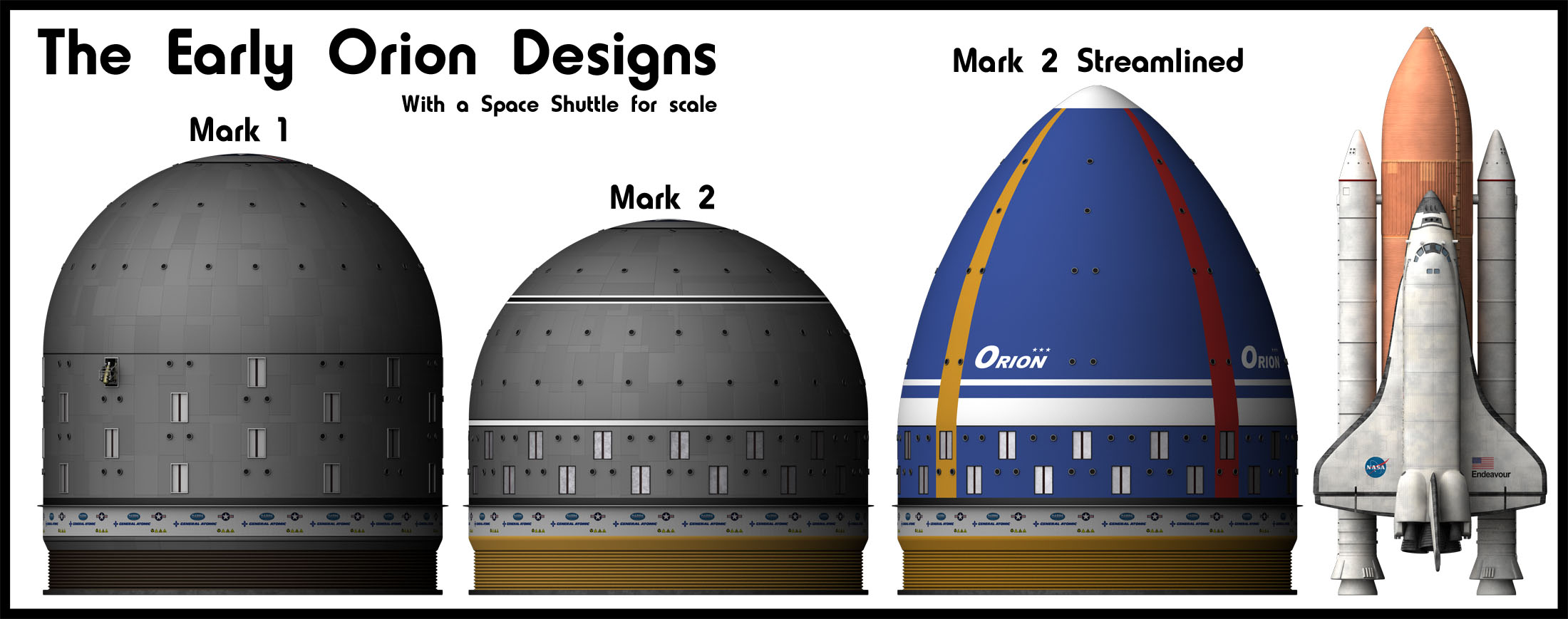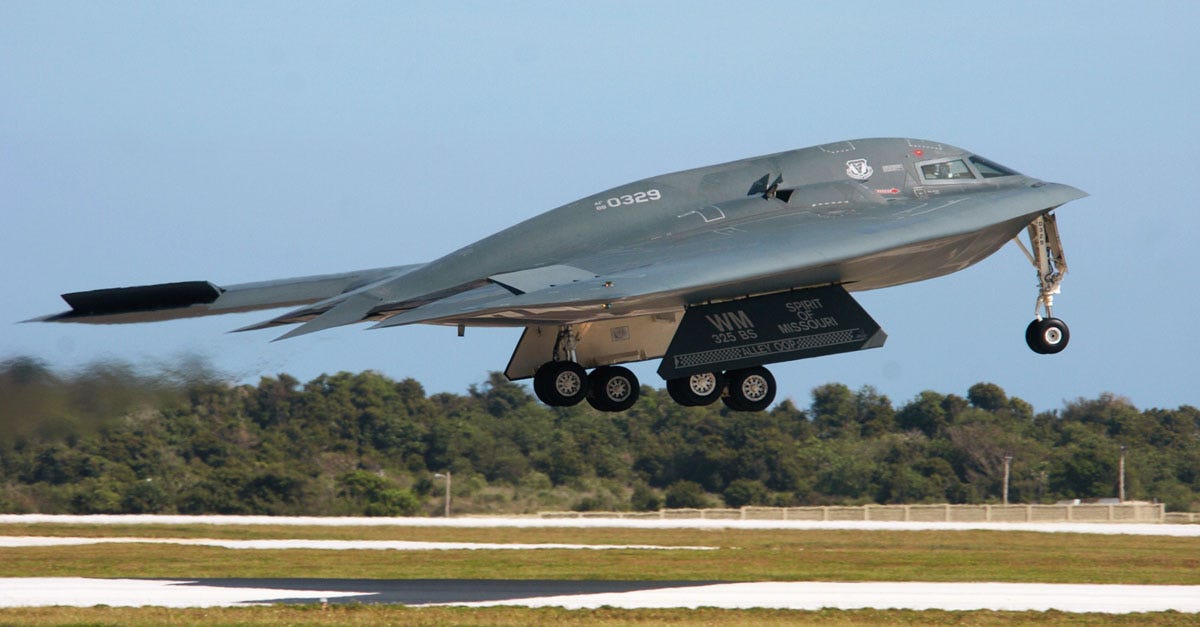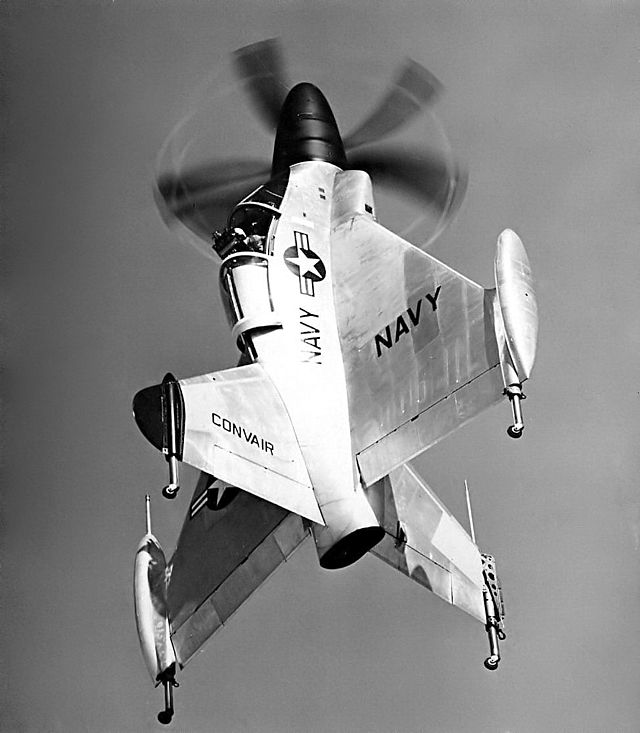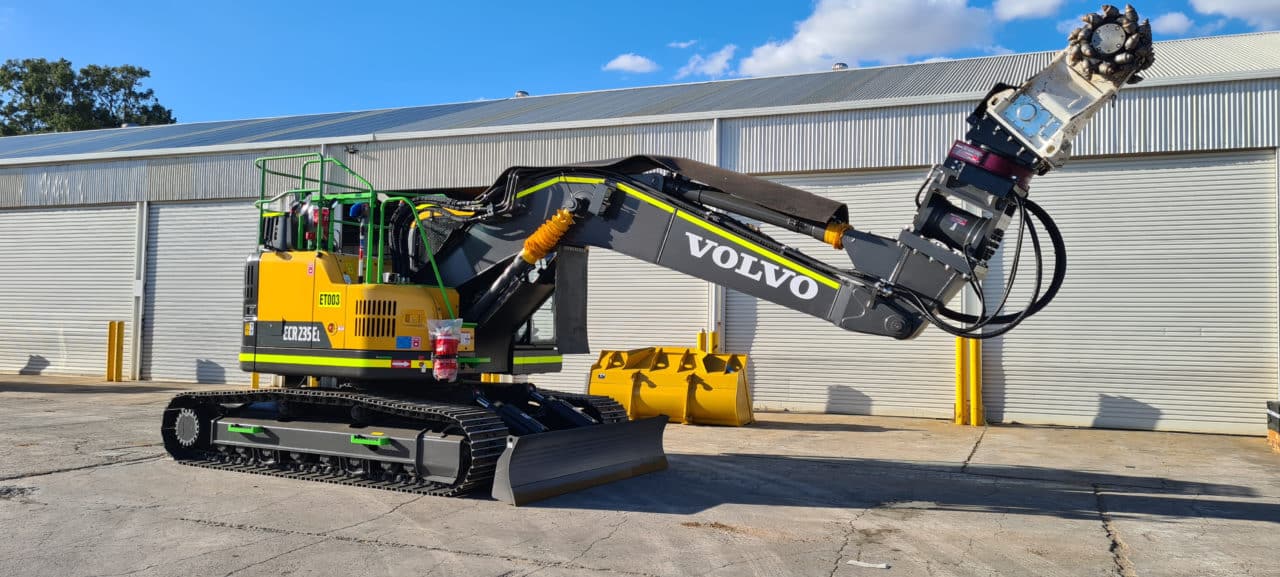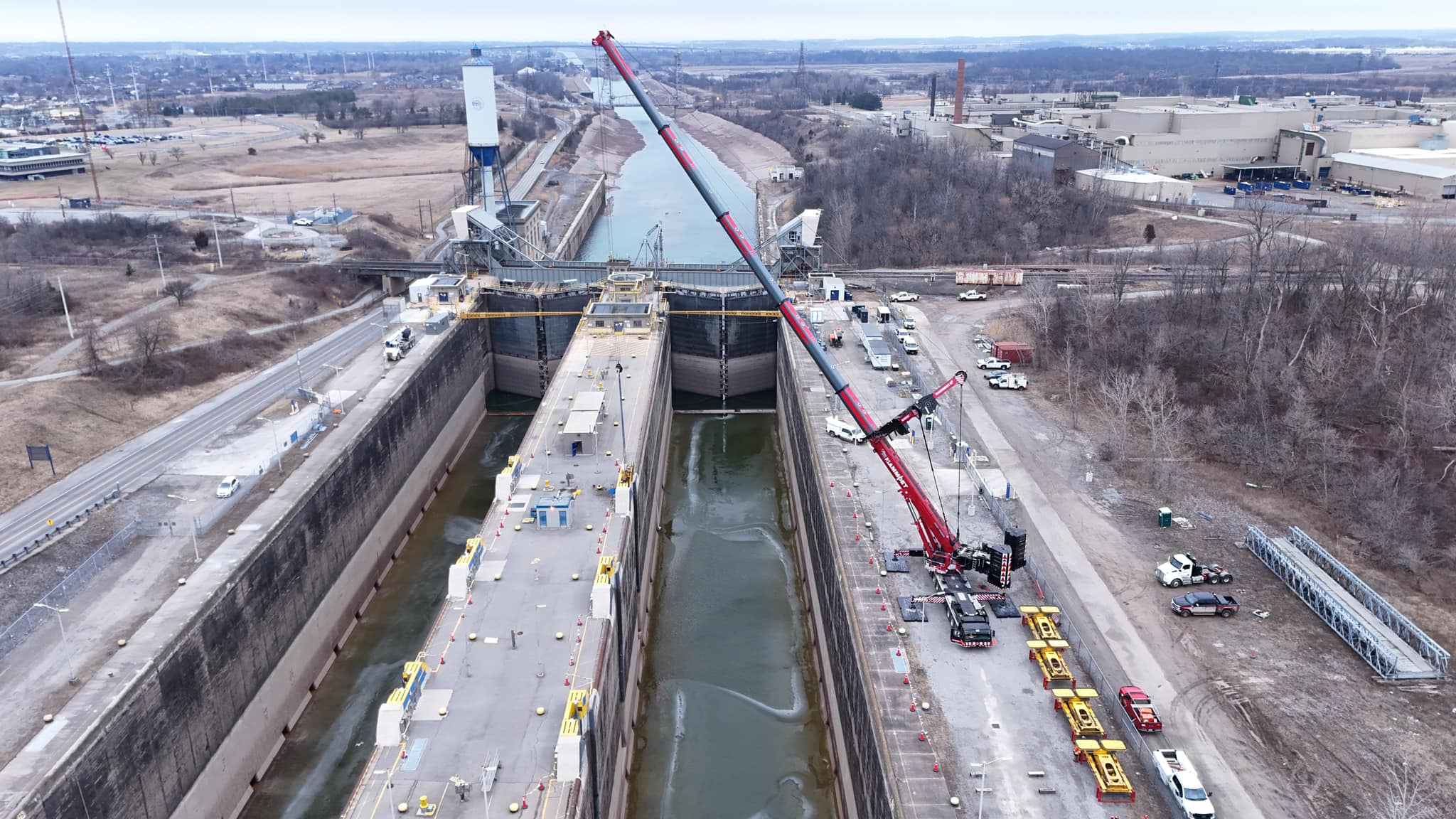Cranes, trains, planes and excavators and stuff like that
261 readers
1 users here now
A place for all things cranes, trains, and excavators, and stuff like that.
Recommended title format: XKCD or something else. Optional additional factual info in text field or comments.
founded 9 months ago
MODERATORS
1
26
Spirit of St. Louis (First solo non-stop transatlantic flight, 1927)
(static.thisdayinaviation.com)
2
3
4
5
6
7
8
9
35
United Aircraft Corporation High-speed Jet turbine powered TurboTrain (1967, 170 mph)
(images-stag.jazelc.com)
10
11
12
13
14
1
Hitachi AT300 Class 802 IET high-speed bi-mode multiple-unit passenger train
(www.londontravelwatch.org.uk)
15
16
17
18
19
20
21
22
23
24
25
view more: next ›






